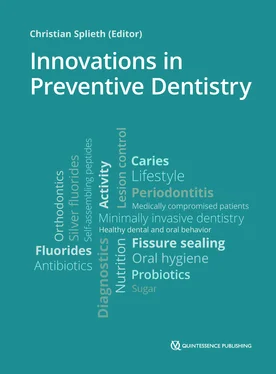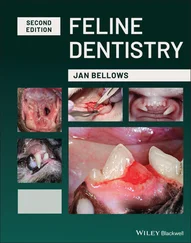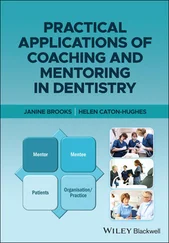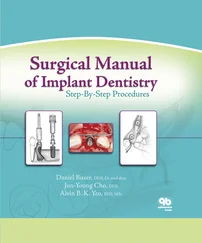ACPA, anti-citrullinated protein antibody
AD, Alzheimer disease
ART, atraumatic restorative therapy
BL, bone loss
BMI, body mass index
BOP, bleeding on probing
CAL, clinical attachment level
CHALO, Child Health Action to Lower Oral Health and Obesity
CI, confidence interval
CPP, casein phosphopeptide
CRFA, Common Risk Factor Approach
CRP, C-reactive protein
DIFOTI, digital imaging fiber-optic transillumination
DHSW, Dental Health Support Worker
DM, diabetes mellitus
dmfs, decayed, missing, or filled surfaces
DMFT, decayed, missing, or filled teeth
EADPH, European Association of Dental Public Health
ECC, early childhood caries
EHCP, Essential Health Care Program
EPS, extracellular polymeric substances
FOTI, fiber-optic transillumination
GA, general anesthesia
GBR, guided bone regeneration
GER, guided enamel regeneration
GTR, guided tissue regeneration
GWAS, genome-wide association studies
HA, hydroxyapatite
IADR, International Association for Dental Research
ICDAS, International Caries Detection and Assessment System
IgA, immunoglobulin A
IL, interleukin
MFP, monofluorophosphate
MI, motivational interviewing
MIH, molar incisor hypomineralization
NCD, noncommunicable disease
NHS, National Health Service
NNT, number needed to treat
NOCTP, nonoperative caries treatment program
NRCC, nonrestorative cavity control
NSF, nano silver fluoride
OHI, oral hygiene instruction
OHRQoL, oral health-related quality of life
OR, odds ratio
ORCA, European Organisation for Caries Research
OSAS, obstructive sleep apnea syndrome
PAD, peptidylarginine deiminase
PD, probing depth
PISA, periodontal inflamed surface area
PMPR, professional mechanical plaque removal
PSI, Periodontal Screening Index
QLF, quantitative light-induced fluorescence
RME, rapid maxillary expansion
RR, relative risk
RRR, relative risk reduction
SaC, Specific affected Caries Index
SAPM, self-assembling peptide matrix
SDF, silver diammine fluoride
SDG, Sustainable Development Goal
S-ECC, severe early childhood caries
SES, socioeconomic status
SCT, social cognitive theory
SiC, Significant Caries Index
SMART, silver modified atraumatic restorative technique
SNP, single nucleotide polymorphism
SPT, supportive periodontal therapy
SSB, sugar-sweetened beverages
TMD, temporomandibular disorders
TNF, tumor necrosis factor
VAS, visual analog scale
WASH, water, sanitation, and hygiene
WHO, World Health Organization
WIC, Women, Infants, and Children program
Contents
Preface
Editor
Contributors
Abbreviations
Chapter 1 – Understanding caries
Christian H. Splieth, Mhd Said Mourad, Mohammad Alkilzy, Julian Schmoeckel, Ruth M. Santamaría
Caries epidemiology and its consequences
Early childhood caries
Caries diagnostics
Clinical examination
Caries activity
Further diagnostics
Current concepts and treatment approaches in caries management
References
Chapter 2 – Understanding periodontitis
Daniela Hoedke, Henrik Dommisch
Epidemiology
Etiopathogenesis of periodontitis
Periodontitis in relation to systemic diseases
Clinical features and diagnosis
Prevention and therapy of periodontal diseases
Oral hygiene
Preventive and therapeutic aspects in relation to general health
References
Chapter 3 – Fluoride: How much is needed?
Livia M.A. Tenuta, Line Staun Larsen, Branca Heloisa Oliveira, Ana Paula P. Santos, Carlos González-Cabezas
Fluoride: the mode of action and why it is needed
Fluoride toothpaste: how much fluoride is enough?
Professional fluoride use: mechanism and evidence
Using as much fluoride as needed
References
Chapter 4 – Nutrition and caries: Sugar is the enemy, but what solutions are offered by preventive dentistry?
Cor van Loveren
Shape of the dose-response association between sugar intake and caries
Influence of fluoridated toothpaste
Frequency or amount of sugar
Reduction of sugar content in products
Selective taxation for unhealthy and healthy products
Personal advice
References
Chapter 5 – Healthy life, healthy mouth? Interdisciplinary and common risk factor interventions
Denise Duijster, J. H. (Erik) Vermaire
Determinants of childhood dental caries
The rationale for the Common Risk Factor Approach and interdisciplinary action
Interventions using interdisciplinary partnerships for the prevention of dental caries
Integrated interventions to prevent childhood dental caries and obesity
Integrated interventions to prevent childhood dental caries- and hygiene-related diseases
References
Chapter 6 – Oral hygiene: The best route to a healthy mouth?
Elena Figuero, Irene Dige, Vita Mačiulskienė
Definition of the dental biofilm
Nature of the dental biofilm
How to interfere with the dental biofilm
Clinical effect of biofilm control on dental caries
The role of fluoride
The effect of supervised versus individually performed tooth cleaning
Clinical effect of biofilm removal on periodontal and peri-implant diseases
Self-performed mechanical biofilm control
Chemical biofilm control
References
Chapter 7 – Interdental oral hygiene: To floss, or not to floss?
Falk Schwendicke, Christian H. Splieth
The evidence for flossing
The evidence for interdental brushes
Clinical considerations
References
Chapter 8 – Tooth brushing: Myth and science
Stefan Zimmer
Classic criteria of a manual toothbrush
Production of toothbrushes
Evidence-based criteria for manual toothbrushes
Manual toothbrushes for children
Tooth brushing technique
Tooth brushing time
References
Chapter 9 – Guidance for healthy dental and oral behavior: Multilevel prevention of early childhood caries
Julian Schmoeckel
How do we learn: different theories
Ethical considerations in modern patient-doctor relationships
Health literacy and belief in self-efficacy
Evidence of different aspects in counseling for preventing ECC
Access to children: prevention on individual, group, and collective level
References
Chapter 10 – Fissure sealing: Still to be recommended?
Читать дальше












